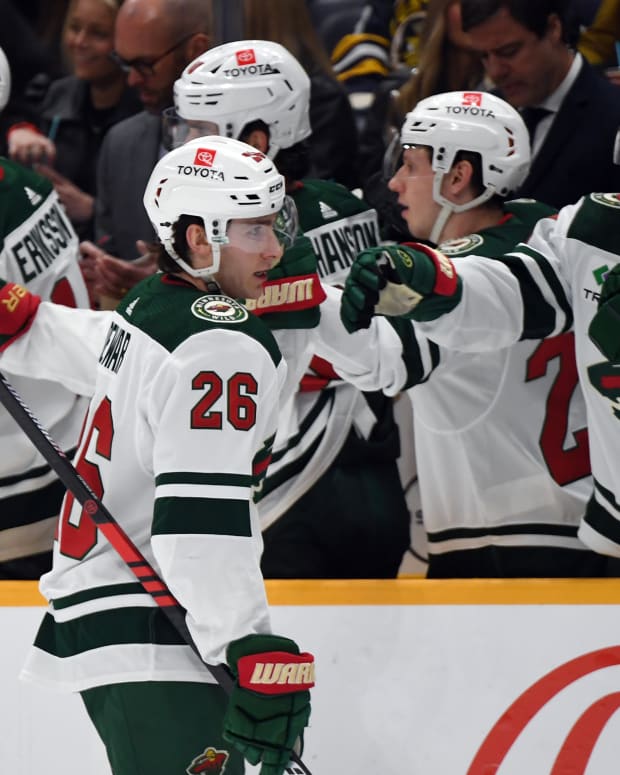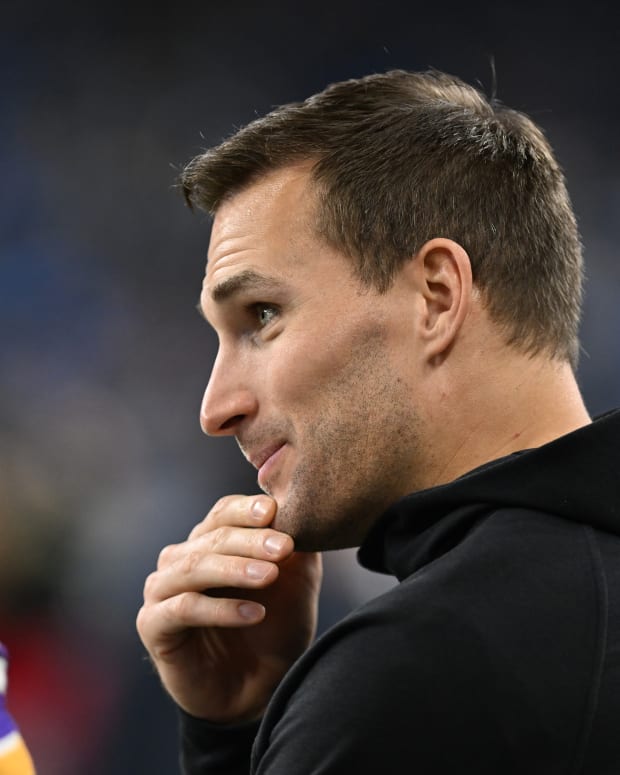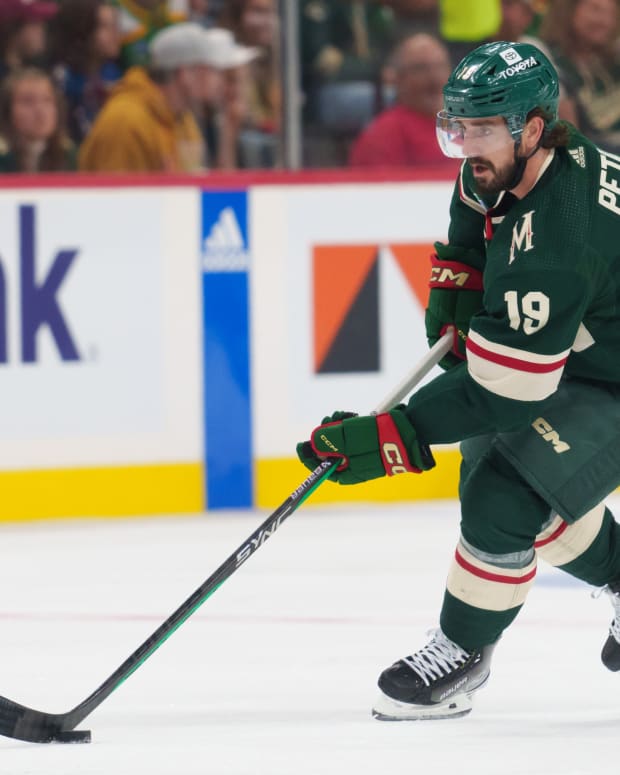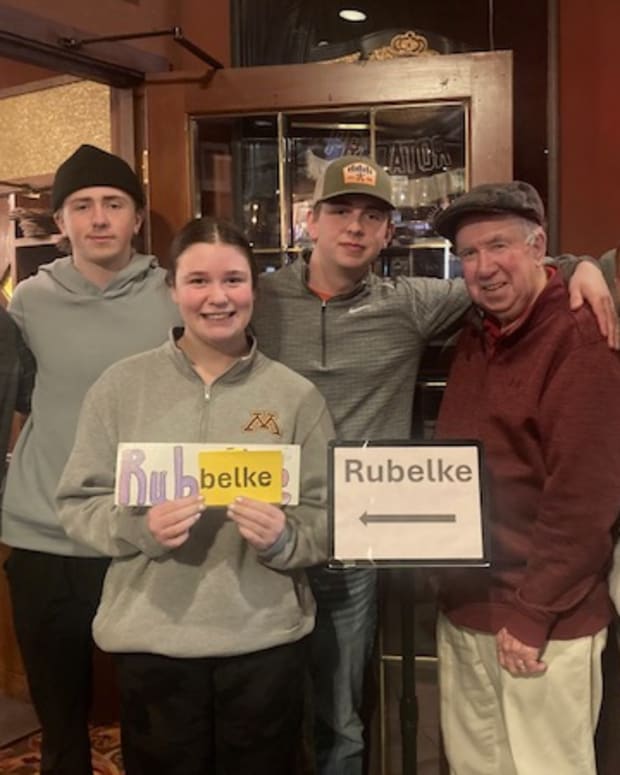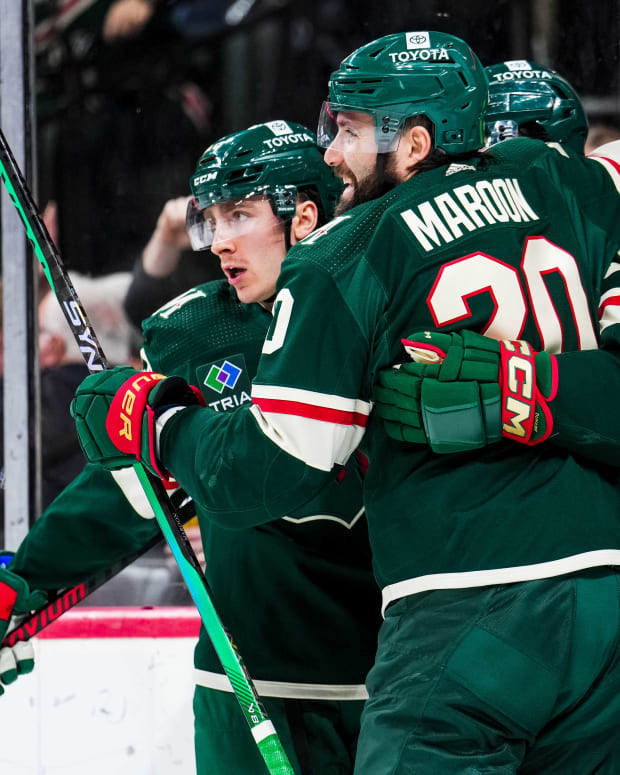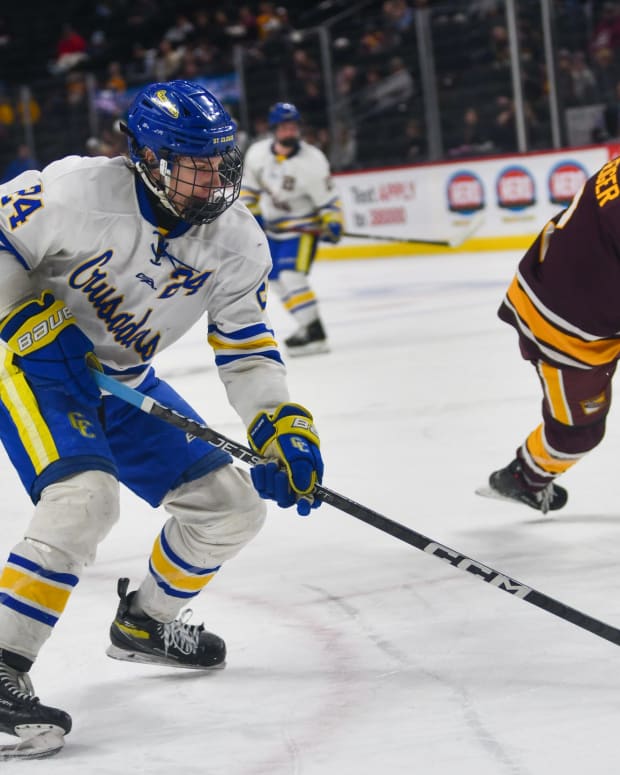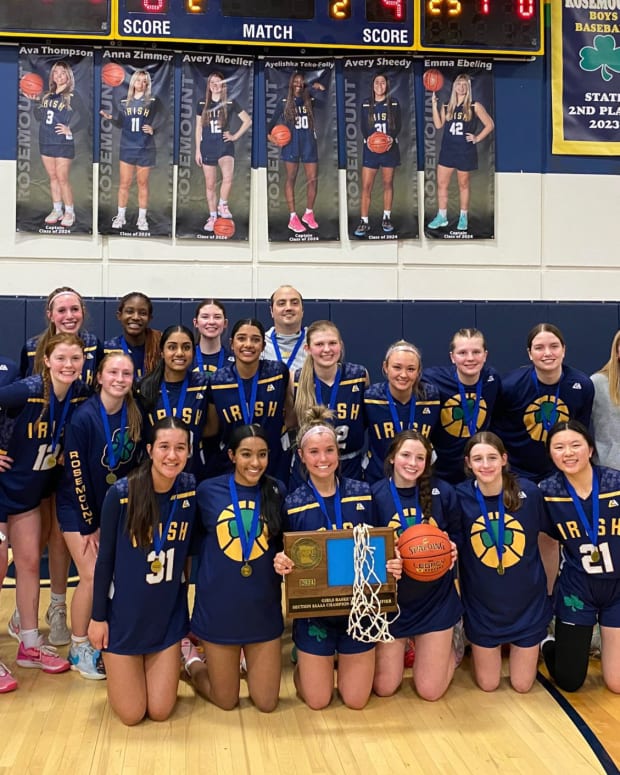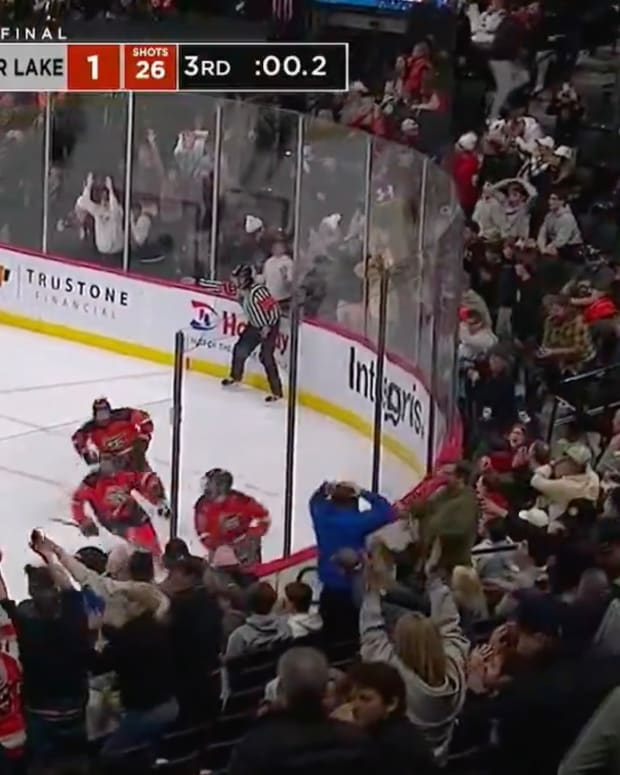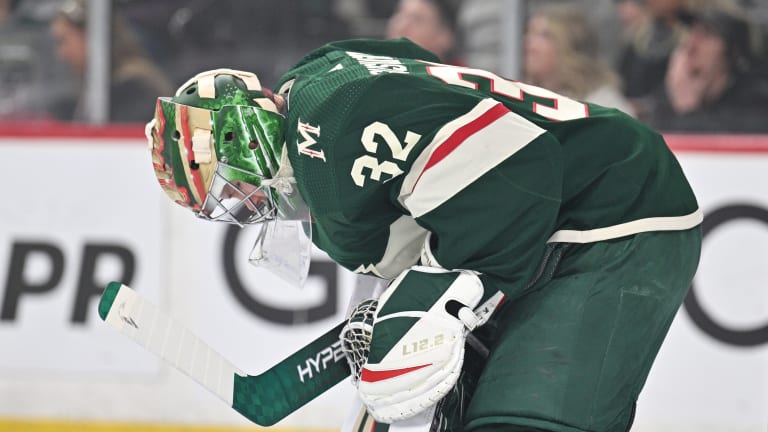
Why the Wild's darkest days of Suter/Parise buyouts are yet to come

It's been nearly a month since the Minnesota Wild were eliminated from the Stanley Cup Playoffs with 18,000 fans booing them off the ice after their Game 6 loss to the Dallas Stars.
The team hasn't advanced past the first round since 2015, but there is an added layer of frustration to the latest playoff failure as it may have been the Wild's best shot at a playoff run over the next few years.
That's because the buyouts of Ryan Suter and Zach Parise are scheduled to kick into overdrive. The Wild paid $4.7 million in dead cap to get Parise and Suter off the roster in July 2021 and Minnesota ate a $12.7 million cap hit this past season, but the next two years are where the Wild really dive into salary cap hell, with $14.7 million scheduled to be on the books.
To that number into context, the NHL's recently raised its salary cap by $1 million to set it for $82.5 million next season. That means the Wild will burn just under 18 percent of their salary cap on two players that aren't even on the team.
To general manager Bill Guerin's credit, he has managed the situation well by locking in talent before they become too expensive to keep.
This led the Wild to reach deals with Joel Eriksson Ek (eight years, $42 million) and Kirill Kaprizov (five years, $45 million) prior to the 2021-22 season. Matt Boldy joined this core last winter, agreeing to a seven-year, $49 million contract at the age of 21.
This is a fine strategy for any team to deploy but becomes troublesome when used on bottom six forwards. Guerin has been trigger-happy in locking up some of the players lower on the depth chart and raised eyebrows when they reached a five-year, $10.5 million contract with Frederick Gaudreau and a two-year, $4 million contract with Marcus Johansson last month.
Other deals such as a two-year, $4 million extension for Alex Goligoski and a two-year, $7 million contract for Marc-Andre Fleury haven't panned out in the Wild's favor, with the Wild spending big money on players who aren't in the lineup on a nightly basis.
Locking in these players establishes a baseline for the Wild to get back to the playoffs, but when it comes to improving the team, that's where they get into trouble.
Filip Gustavsson was one of the best stories for the Wild last season but is entering restricted free agency. A study by The Athletic showed that Gustavsson can expect a contract somewhere in the $4 million range but even that will be a hefty raise on his $787,500 salary from last season.
With Jasper Wallstedt needing at least one more season in the AHL before he's ready to play, the Wild's hands may be tied – especially if Gustavsson signs a lucrative offer sheet with another team.
The Wild will also have to lose some fan favorites to create salary cap room. The biggest name on the chopping block is Matt Dumba, who has spent 10 seasons with the Wild after he was selected with the seventh overall pick in the 2012 draft.
While Dumba's offensive ability has regressed after tearing his pectoral muscle 32 games into the 2018-19 season, he's still a lock for minutes, which puts the pressure on younger defensemen such as Brock Faber to carry the load.
The blue line could also get thinner if the Wild try to trade Calen Addison. Addison was the quarterback of the Wild's power play for the first half of the season, racking up 18 assists with the man advantage. But a -17 plus/minus rating drew the ire of the coaching staff and he was benched in favor of trade deadline acquisition John Klingberg.
Klingberg is likely to leave in free agency but Addison might be right behind him. Any deal would be selling the 23-year-old for pennies on the dollar, however, and could leave another hole in the defensive core.
There's also the perennial issue of finding a top-tier center. Anyone watching the Wild's playoff series with Dallas could see the impact that Roope Hintz was making when he was on the ice and the same goes for Alexander Barkov with the Florida Panthers, Sebastian Aho of the Carolina Hurricanes, and Jack Eichel of the Vegas Golden Knights.
The issue here is that top-tier centers aren't cheap and there are few that become available this time of year. With the Wild having to rely on the draft the next two seasons for cheap, affordable talent, tossing draft picks at the problem becomes a game of whack-a-mole that creates issues elsewhere on the roster.
This means that Ryan Hartman, who was dealing with a shoulder injury and possibly playing out of position last season, could return as the No. 1 center while the Wild cross their fingers that Marco Rossi can finally make the jump to the NHL.
It could also mean more moves are on the way as Marcus Foligno is set to make $3.1 million in the final year of a three-year extension signed in 2021. Even if Foligno is traded, it's unlikely to net a cheap, impact talent in return.
This leaves the Wild with several avenues to make a move, but the likely outcome is that they'll wind up in the same place they started.
Perhaps that's the reason why Dean Evason will return after getting outcoached in the playoffs for the third straight season. While the Wild could make a change, there are few coaches in the NHL that would want to take on this mess – especially since most coaches only get a shelf life of one or two seasons to turn things around.
Evason will be in Year five and although he is "still learning" in the words of Bill Guerin, he may be the best the Wild can do.
That seems to be the theme of this offseason for a team that has made the playoffs in three straight seasons but can't get past the first round. While Guerin will tell you the buyouts of Parise and Suter were necessary to build the culture he wanted in Minnesota, it also made his job much tougher than it had to be.
These are the years that could define Guerin's tenure with the Wild and it could lead to some dark days for Wild fans over the next two seasons.
